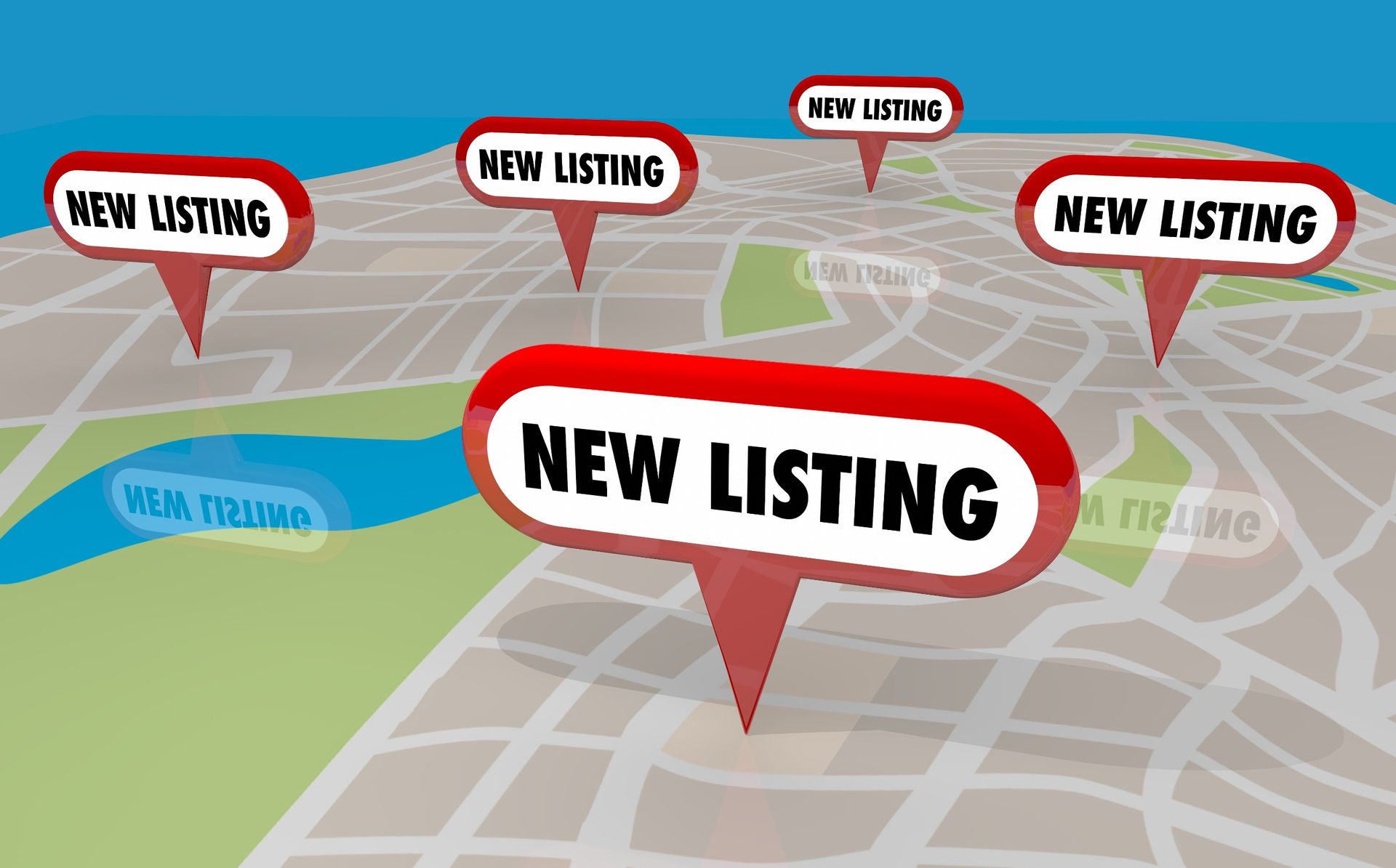How To Make A Small Business Website In 2024: A Step-by-Step Guide
In today’s digital-first world, having an online presence is not just an option for small businesses—it's a necessity.
Your website is often the first point of contact between your business and potential customers, making it a critical component of your marketing strategy. If you're planning to build a small business website in 2024, you're in the right place.
This guide will walk you through each step of the process, from planning to launch, ensuring that your website not only looks great but also performs well and fulfills its purpose in growing your business.
Step 1: Define Your Website's Goal
Before you start choosing domain names or picking color schemes, it's vital to define what you want your website to achieve. Are you looking to sell products directly through an online store? Provide information about your services.
Capture leads through email sign-ups? Your website's goal will influence every decision moving forward, from design to functionality.
Step 2: Choose Your Website Platform
There are several website builders and platforms available in 2024, each with its own set of features, benefits, and limitations.
Popular options include WordPress, Shopify (for e-commerce), Wix, and Squarespace. Consider your website's goal, your own technical proficiency, and your budget when selecting a platform.
WordPress offers unparalleled customization but requires a bit more technical know-how, whereas Wix and Squarespace are more user-friendly, with drag-and-drop interfaces.
Step 3: Select and Register Your Domain Name
Your domain name is your web address (e.g., www.yourbusinessname.com). It should be memorable, easy to spell, and reflective of your brand.
Use online domain registrars like GoDaddy, Namecheap, or Google Domains to check the availability of your desired domain name and register it. Remember to renew your domain registration annually to keep ownership of it.
Step 4: Plan Your Site Structure
A well-organized website helps users find information quickly and easily. Sketch out a basic outline of your site's pages and how they'll be organized. Most small business websites will need at least the following pages:
- Home
- About Us
- Services or Products
- Contact
Depending on your business, you may also want to include a blog, a portfolio, testimonials, or a FAQ section.
Step 5: Design Your Website
The design of your website should reflect your brand’s identity with consistent use of colors, fonts, and logos. Many website platforms offer customizable templates that make it easy to achieve a professional look without hiring a designer.
However, if the design is not your forte or you want something truly unique, consider working with a professional web designer.
Choosing Your Branding Elements
Branding is key to giving your small business a memorable identity. Before designing your website, carefully choose your brand's colors, fonts, and logo. Keep these elements consistent across your website and marketing materials to boost brand recognition.
Incorporating Multimedia
Enhance your website's appeal by adding multimedia like quality images, videos, and infographics. These can clarify your offerings and keep visitors engaged longer, benefiting your SEO.
Establishing a Blog
A blog can drive traffic, position your business as an industry authority, and offer valuable content to your audience. Plan your content strategy to match your business goals and engage your target audience, encouraging social media sharing.
Integrating Social Media
Integrating social media can expand your brand’s reach and make it simple for visitors to share your content. Add social media buttons to your profiles and embed social media feeds to keep your site fresh and engaging.
Setting Up E-commerce Functionality
For businesses selling products, e-commerce functionality is crucial. Select a platform that supports e-commerce, ensuring secure payment options, product pages, carts, and inventory management.
Step 6: Create Your Content
Content is king. Not only does it inform your visitors, but it also helps improve your website’s search engine rankings. Write clear, concise, and engaging content for each of your pages.
Be sure to include keywords that potential customers might use to find your business online but avoid keyword stuffing. High-quality, valuable content will help your website rank better in search results and attract more visitors.
Step 7: Optimize for SEO
Search Engine Optimization (SEO) is the practice of making your website more visible in search engine results pages. In addition to creating quality content, you can improve your site’s SEO by optimizing title tags, meta descriptions, and images.
Use tools like Google Analytics and Google Search Console to track your website's performance and identify areas for improvement.
Step 8: Test and Launch Your Website
Before officially launching your website, it is crucial to thoroughly test it to guarantee a seamless user experience. Take the time to check for broken links, typos, and any formatting issues that might hinder the functionality of the site.
Additionally, ensure that your website is fully optimized for mobile devices, as a significant portion of web traffic originates from mobile users in today's digital landscape.
Once you have meticulously gone through these steps and everything looks pristine, you can confidently proceed to make your website live for the world to see.
Step 9: Promote Your Website
To ensure your website garners the attention it deserves, strategic promotion is key. Utilize various channels such as social media platforms, email marketing campaigns, and offline materials like business cards to spread the word about your new site.
Additionally, running targeted online advertisements can significantly enhance traffic flow and create buzz around your business, ultimately leading to increased visibility and potential customer engagement.
Step 10: Maintain Your Website
Launching your website is just the beginning. Regularly update your site with fresh content, monitor its performance, and make improvements as needed. Keeping your website current helps attract new visitors and keeps existing customers coming back.
Building a small business website in 2024 may seem daunting, but by following these steps, you can create a site that not only looks great but also drives business growth. Remember, your website is an investment in your business’s future, so take the time to do it right.
Ready to make a splash online with your small business website?
Whale Traffic is here to guide you through the digital deep, offering comprehensive website design and a suite of digital marketing services tailored to amplify your brand's presence.
From SEO optimization to customized website design, our team is dedicated to propelling your business ahead of the competition. Don't just float; dominate your digital space with Whale Traffic.
Contact us today to begin your voyage towards digital success.










